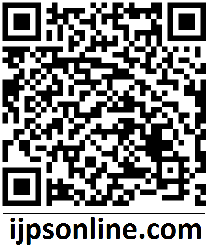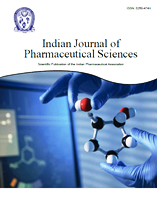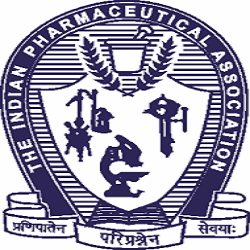Abstract
Diagnostic Efficiency of Four-Dimensional Echocardiography plus Two-Dimensional Speckle Tracking Echocardiography in Fetal Congenital Heart Disease
Department of Ultrasound, Hebei Provincial Reproductive Obstetrics and Gynecology Hospital, 1Department of Ultrasound, 2Department of Pediatrics, Hebei Zhaoxian People's Hospital, 3Department of Ultrasound, Shijiazhuang Fourth Hospital, 4Department of Ultrasound, Hebei Youai Hospital, 5Changzhou Second People's Hospital Affiliated to Nanjing Medical University, Changzhou, Jiangsu 213000, China
Correspondence Address:
Lijuan Chen, Changzhou Second People's Hospital Affiliated to Nanjing Medical University, Changzhou, Jiangsu 213000, China, E-mail: cangnang80241@163.com
The prenatal diagnosis yield of congenital heart disease by prenatal echocardiography is only about 40 % due to the impact of multiple factors on the prenatal observation of the fetal heart. Improvement of the prenatal diagnostic efficiency of congenital heart disease is essential to reduce neonatal mortality and improve perinatal survival, which is in line with the national policy in China to improve the quality of the birth population and reduce age-related mortality. The current research was performed to evaluate the diagnostic efficiency of four-dimensional echocardiography plus two-dimensional speckle tracking echocardiography in fetal congenital heart disease. Pregnant women with fetal congenital heart malformations who underwent maternity examinations in our hospital between January 2019 and December 2021 were recruited for eligibility assessment and 140 cases were eventually included. The eligible patients were assigned to receive either two-dimensional speckle tracking echocardiography (two-dimensional group) or two-dimensional speckle tracking echocardiography plus four-dimensional echocardiography (combined group) via random number table method in a 1:1 ratio, with 70 cases in each group. The outcome measures for the evaluation of the diagnostic efficiency of the two means included detection rate, screening time required for different diagnostic techniques and diagnostic results. Fourdimensional echocardiography was associated with a significantly shorter disease screening time vs. two-dimensional speckle tracking echocardiography (p<0.05). Combined detection produced markedly higher diagnostic accuracy, specificity and sensitivity vs. single detection (p<0.05). Hybrid detection of four-dimensional echocardiography with two-dimensional speckle tracking echocardiography provides enhanced diagnostic efficiency and a higher detection rate for congenital heart disease vs. single detection.
Full-Text | PDF



